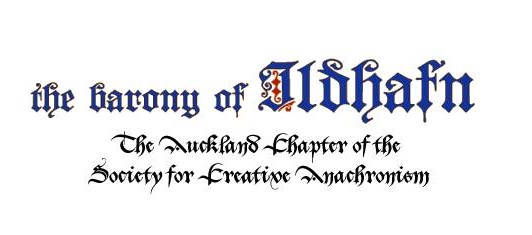Date:
13th century (first known reference c. 1300)
Description:
Angelus ad Virginem is a medieval Latin carol narrating the Annunciation—when the angel Gabriel visits Mary to announce that she will bear the Christ child. Rich in theological imagery and reverent in tone, the carol was widely popular in the Middle Ages and is one of the earliest surviving examples of Latin verse set to music with a devotional purpose.
Discussion:
Believed to have originated in France or England, Angelus ad Virginem appears in several important medieval manuscripts, including the Dublin Troper and a 13th-century Franciscan manuscript. It became especially associated with English religious tradition and is even referenced in Chaucer’s Canterbury Tales. The melody is lyrical and rhythmically flexible, often performed with light instrumental accompaniment in early music interpretations. Later arrangements vary from solo voice with harp or lute to full choral harmonizations.
Composer:
Anonymous (Medieval Latin tradition)
Arranged by:
Many editors and arrangers; harmonized versions appear in The Oxford Book of Carols, and modern editions exist for choirs and soloists.
Sheet Music:
Available in public domain collections (e.g., CPDL, IMSLP), The Oxford Book of Carols, and other medieval music anthologies.
The arrangement we use is available here as a pdf, mus or musescore file
Parts:
Originally monophonic; often arranged for:
- Unison voice and drone or harp
- SATB (modern choral versions)
- SSA or TTB variations also exist
Type:
Sacred Carol / Latin Hymn / Medieval Devotional Song
Language:
Latin (with some English paraphrases in later versions)
Ranges:
(Monophonic melody typically within)
- C4 – D5
(Modern choral arrangements range more widely: - Soprano: D4 – G5
- Alto: A3 – D5
- Tenor: C3 – G4
- Bass: F2 – D4)
Advice for beginners:
If performing the monophonic original, focus on clean phrasing and expressive Latin pronunciation. Keep the tempo fluid and meditative. In polyphonic or harmonized settings, prioritize tuning and blend—especially important in older modal music. Instrumentalists might add a drone or simple accompaniment to enhance the medieval feel. A great piece for seasonal concerts or church services, and approachable for school or amateur choirs.
Sound Files:
Here are some sound files for reference. All parts, alto, tenor, bass
